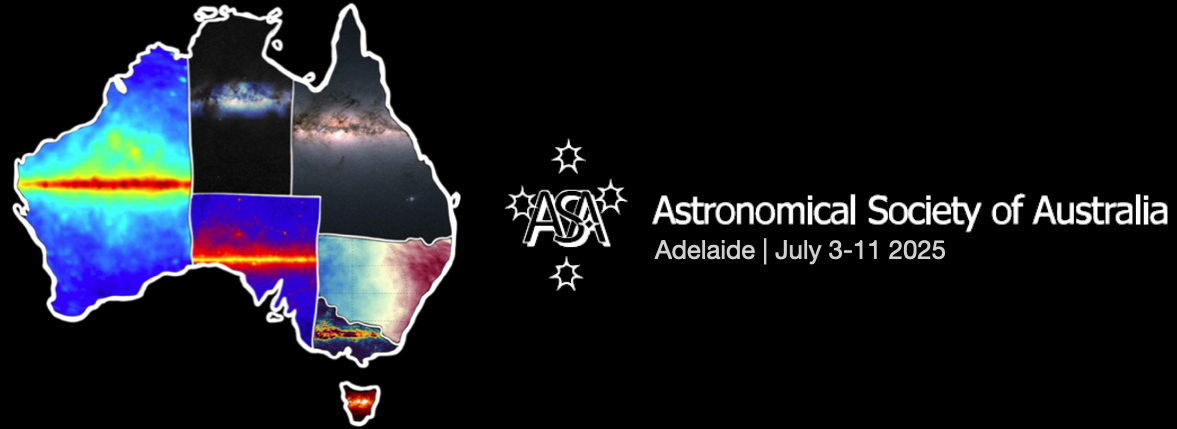Speaker
Description
The variable continuum emission from AGN can be used to probe the structure of their accretion disks via reverberation mapping analysis. Assuming a hot inner light source irradiating the outer accretion disk, time lags between light curves in different passbands reveal light-travel times between their emission regions. Previous work on several low-luminosity AGN found 3x longer lag times than expected in standard disk theory. As a precursor study to LSST, we have analysed high-cadence light curves of 10,000+ bright quasars between redshift 0.3-2.5 in the largest study to date. Given the large sample, we stack inference across the parameter space to improve lag detections. We find that the size discrepancy persists in our high-luminosity sample with some dependence on wavelength, possibly due to contamination from diffuse Broad Line Region and disk wind emission. In particular, we observe an inversion of the lag-luminosity relation at redshifts where our two filters straddle the Balmer jump. We also present tentative evidence that quasars with fast outflows, as evident in high CIV blueshift, have longer lags than normal quasars.

